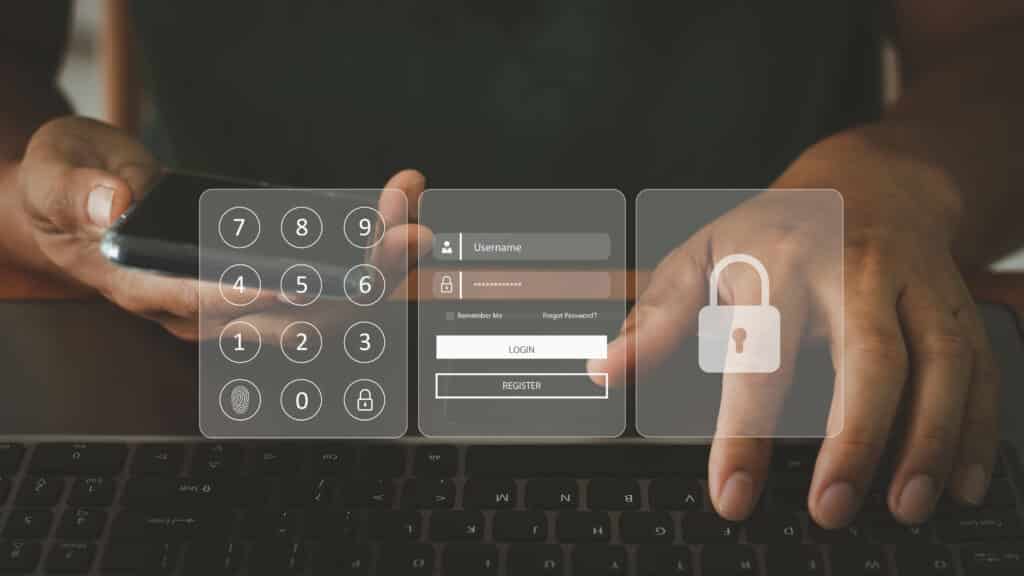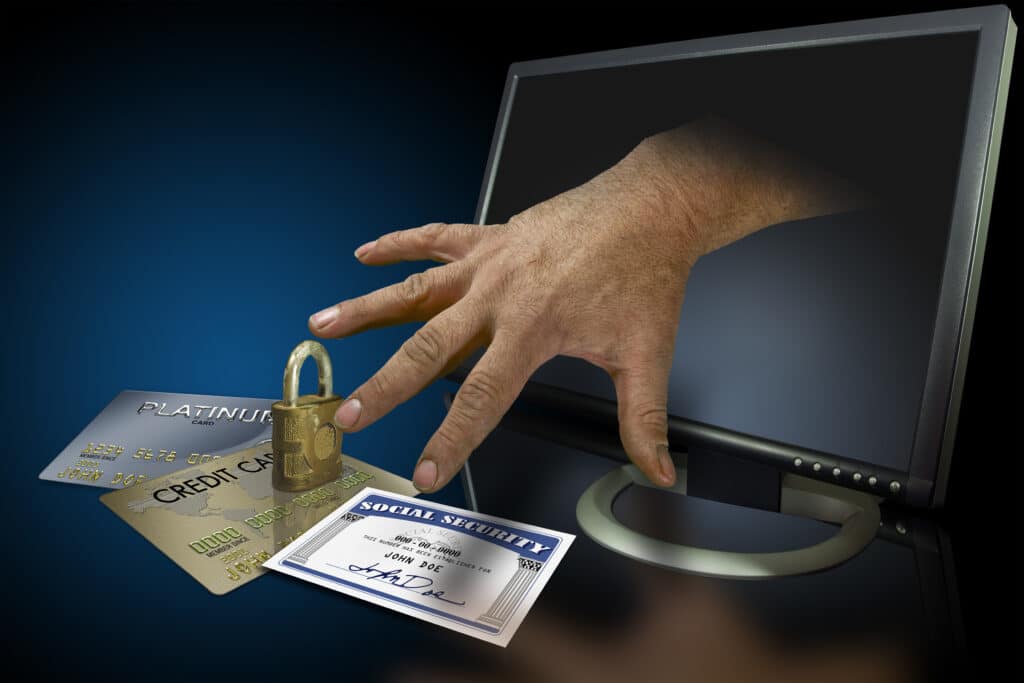In 2004, the U.S. President and Congress declared Cybersecurity Awareness Month to be held every October. This would heavily encourage, educate, and assist citizens in staying safe online and teach them how to protect their information. Every year, the NCSA creates an engaging and informative campaign in order to raise awareness about cybersecurity and this year’s theme is “See Yourself in Cyber.”
Enable Multi-Factor Authentication
While data privacy and data security are not interchangeable, they are in fact a packaged deal. Implement and enforce best practices such as creating long and intricate passwords and utilizing multi-factor authentication when possible. What is multi-factor authentication? It’s just adding one more small step of the login process.
First step: log in as usual.
Second step: complete a second task to confirm your identity. (Think of it as bringing your license and a recent utility bill to confirm your identity at the bank.)
The second step in the multi-factor authentication process is usually providing a special PIN code that was texted or emailed to you, or opening an authentication app. This is just an extra layer of security you can use when accessing sensitive information.
Use Strong Passwords
Verizon Data Breach Investigations found in a 2020 study that approximately 81% of all data breaches are caused by hackers easily accessing their sought after accounts. How are they able to easily access them, you ask? Two words: weak passwords.
When companies, managers, and individuals fail to adhere to password guidelines, do not offer password training to your team and fail to educate themselves, and forgo multi-factor authentication procedures, businesses continue to put their cybersecurity at risk.
If you’re now second guessing your own passwords, good. If you’re not, we’re judging you a bit. (Don’t worry, we won’t leave you stranded.) Weak passwords are any sort of phrase or term that is common, short, and/or predictable such as the owner’s name, birthday, or the literal word, “password.” Instead, experiment with a longer password made up of a mix of upper and lowercase letters, numbers, and symbols to help keep your password and data safe. Essentially, the more complex the password, the harder it is for cybercriminals to hack your information.
Recognize and Report Phishing
We’re all humans and we all make mistakes. It’s inevitable! Unfortunately, mistakes have consequences. According to a 2019 study, more than 80% of reported data security incidents were caused by phishing attacks. When you interact with a suspicious email link, an attachment, and even senders, your risk of falling victim of a phishing scam rises every time. In today’s modern digital age, hackers have become upped the creativity when it comes to these sneaky scams. If an email or email address looks a bit off to you, it’s always best to either delete or send to your IT department to investigate.
Update Your Software
Regardless of the industry you’re in or kind of organization, having up-to-date, proper cybersecurity protocols and methods in place (in addition to proper in-house end-of-life data destruction!) should always be a priority. It is far too easy for hackers to access and steal sensitive data when your cybersecurity software is not up to date. Check with your business’s IT department or do your own research to make sure you are not ignoring any updates or downloading unauthorized software. It’s also important to note that one should never disable their software’s security features, especially if it is on a work-issued computer or laptop. Your online shopping can wait until you are in the safety of your own protected network and home.
To find out more about Cybersecurity Awareness Month, visit their website here.



